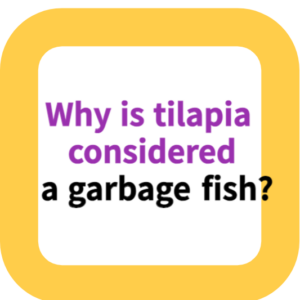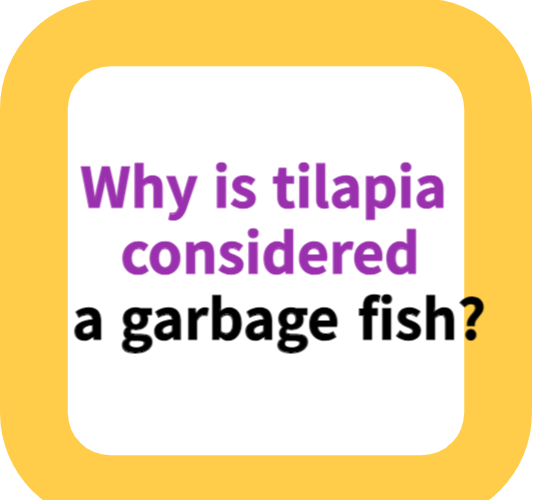Why is tilapia considered a garbage fish?
Welcome to our blog, where we dive deep into the fascinating world of food and sustainability, exploring the intricate details and diverse perspectives surrounding popular foods. In today’s post, we’re unraveling the controversy behind one of the world’s most commonly consumed fish – tilapia.
Join us as we dissect its nutritional profile, examine the environmental implications of its farming practices, and delve into its culinary reputation. From its omega fatty acid content to the economic factors influencing its market perception, we aim to provide a balanced view that helps you make informed choices about incorporating tilapia into your diet.
Whether you’re a health enthusiast, a culinary aficionado, or an environmental advocate, this post promises insights and discussions that cater to all palates and concerns.
Why is tilapia considered a garbage fish?

Introduction: Understanding the Controversy Around Tilapia Consumption
Tilapia, one of the most widely consumed fish globally, has been at the center of a culinary and environmental debate. While it is praised for its affordability and mild taste, concerns regarding its nutritional content, farming practices, and overall quality have led to a mixed perception.
This discussion aims to delve into various aspects that contribute to the controversy surrounding tilapia, providing a comprehensive understanding of its place in our diets and culture.
Nutritional Profile and Health Implications
Tilapia’s nutritional profile is a significant aspect of the debate. Unlike fatty fish such as salmon or trout, known for their high omega-3 fatty acid content, tilapia is comparatively deficient in these beneficial nutrients.
Omega-3 fatty acids are essential for cardiovascular and cognitive health, making their scarcity in tilapia a concern for health-conscious consumers. Furthermore, the higher levels of omega-6 fatty acids in tilapia, which are potentially pro-inflammatory when consumed in excess, add to the nutritional apprehensions.
Aquaculture Practices and Environmental Concerns
The bulk of tilapia available in the market comes from aquafarms, where farming practices have raised serious environmental and health concerns. Issues such as overcrowded farming conditions, the widespread use of antibiotics to prevent disease, and the potential for water pollution and habitat destruction are critical.
These factors not only affect the quality of the fish but also have broader ecological implications, contributing to a negative perception of tilapia in environmentally conscious circles.

Culinary Perspectives: Taste, Texture, and Gastronomy
In the culinary world, tilapia’s mild flavor and flaky texture are a double-edged sword. While some appreciate its versatility and subtle taste, others criticize it for being bland compared to other more flavorful fish species. This division is often reflective of personal taste preferences but also influences the fish’s status in gastronomy.
High-end restaurants tend to showcase more exotic or premium seafood, leaving tilapia to be perceived as a less desirable option, often associated with budget-friendly menus and fast-food establishments.
Economic Factors and Market Perception
Economically, tilapia is an accessible seafood choice, which has implications for its market perception. Its affordability often aligns it with lower-tier seafood options, impacting its status among both consumers and chefs.
This economic perspective plays a crucial role in tilapia’s classification in the seafood hierarchy, often overshadowing its potential culinary value and contributing to its label as a “lower-class” fish in some social circles.
Conclusion: A Balanced View on Tilapia Consumption
In conclusion, whether tilapia is a good choice depends on individual priorities and perspectives. While it is an affordable and accessible fish, concerns about its nutritional value, environmental impact, and culinary appeal cannot be overlooked.
However, when sourced responsibly and consumed as part of a varied diet, tilapia can be a sustainable and healthy option. The key is to be informed about the source and quality of the tilapia one chooses to consume, weighing the pros and cons to make a decision that aligns with personal health, environmental, and culinary preferences.
